Home>Articles>Add Style To Your Home And Boost Curb Appeal With A Small Portico
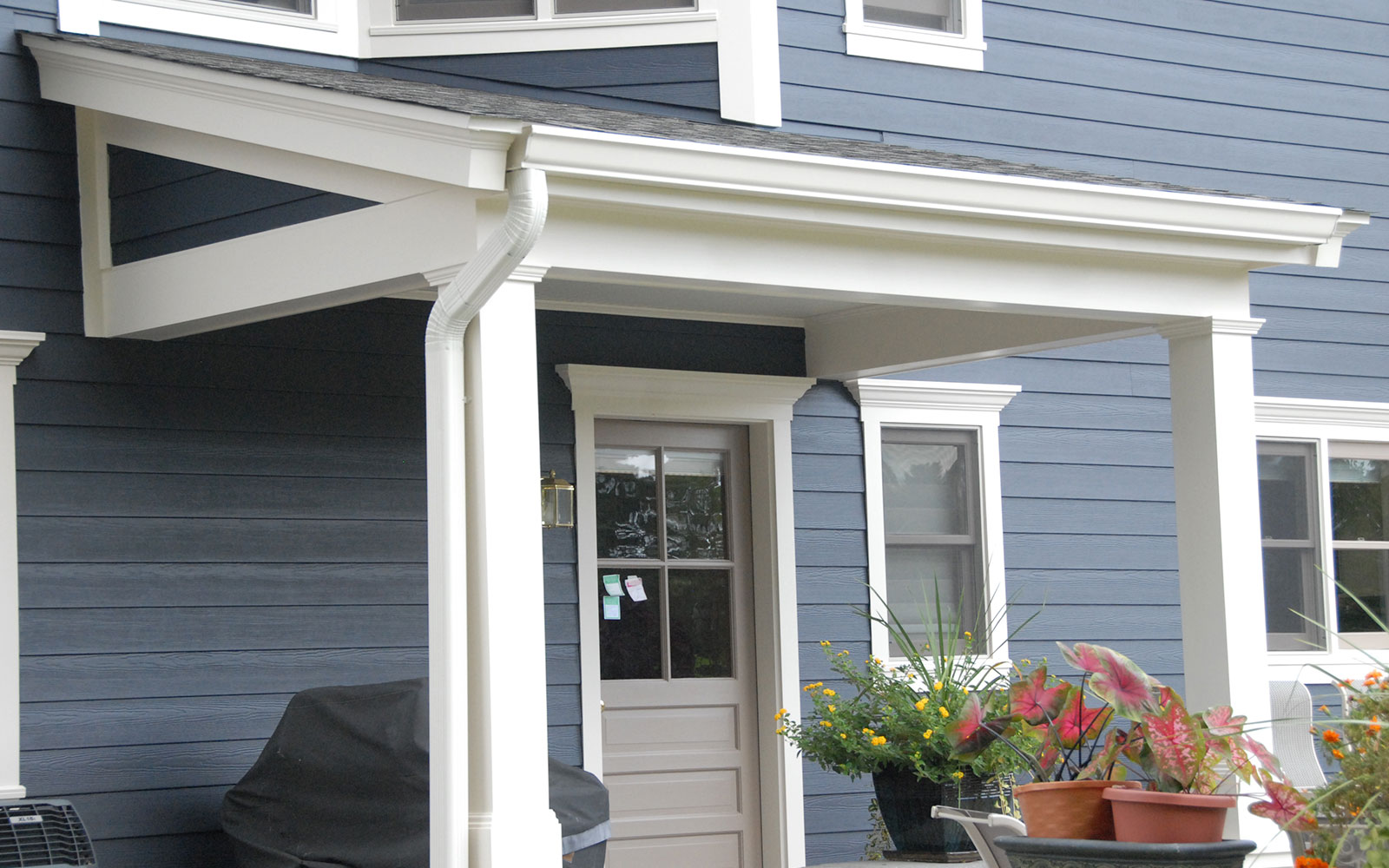

Articles
Add Style To Your Home And Boost Curb Appeal With A Small Portico
Modified: May 6, 2024
Enhance the aesthetic appeal of your house with an elegant small portico. Discover inspiring articles on how to add charm and style to your home.
(Many of the links in this article redirect to a specific reviewed product. Your purchase of these products through affiliate links helps to generate commission for Storables.com, at no extra cost. Learn more)
Introduction
A warm and inviting home starts with its exterior appearance. Adding a small portico to your home can instantly elevate its style, enhance its curb appeal, and create a welcoming entrance for guests. A portico is not only a functional structure but also a design feature that adds character and charm to any home.
But what exactly is a portico? In simple terms, it is a covered entranceway supported by columns or pillars. It typically extends from the front or side of a house and serves as a sheltered space for people entering or leaving the home. Porticos have been used in architecture for centuries and are a popular addition to both traditional and modern homes.
The benefits of adding a small portico to your home are numerous. Firstly, it provides protection from the elements, allowing you and your guests to enter and exit the house without getting wet or exposed to extreme weather conditions. Additionally, a portico serves as a transitional space between the outdoors and indoors, creating a designated area for greeting guests or taking a moment to enjoy the surroundings.
Furthermore, a well-designed portico adds a touch of elegance and sophistication to your home’s exterior. It can transform a plain facade into a focal point, making a memorable first impression on visitors and potential buyers. In terms of curb appeal, a small portico can significantly increase the value of your home and set it apart from others in the neighborhood.
Before adding a small portico to your home, there are a few factors to consider. Firstly, you’ll need to evaluate the available space and determine the most suitable location for the portico. It should harmonize with the overall architectural style of your home and blend seamlessly with the existing design elements.
Another important consideration is the budget. The cost of building a small portico can vary depending on the materials used, the complexity of the design, and whether you choose to hire a professional or tackle the project yourself. It’s important to set a realistic budget and explore different options to ensure that you can achieve the desired result within your financial constraints.
In this article, we will provide you with a step-by-step guide to adding style to your home with a small portico. We will cover everything from choosing the right design and materials to maintenance tips once the project is complete. Whether you’re a seasoned DIY enthusiast or prefer to leave the construction to the professionals, this guide will equip you with the knowledge you need to create a stunning and functional portico for your home.
Key Takeaways:
- Elevate your home’s style and create a welcoming entrance by adding a small portico. Enhance curb appeal, protect from the elements, and increase property value with this timeless architectural feature.
- Carefully consider design, materials, and maintenance for your small portico. Whether hiring professionals or taking on a DIY project, prioritize safety, obtain permits, and ensure regular upkeep for long-lasting beauty and functionality.
What is a Portico?
A portico is a covered entranceway that extends from the front or side of a building, typically supported by columns or pillars. It serves as a sheltered space for people entering or leaving the home and adds a touch of architectural elegance to the exterior of a house. Porticos have been used in architecture for centuries and can be seen in various styles of homes, ranging from traditional to modern.
One of the defining features of a portico is its columns or pillars. These vertical supports not only provide structural stability but also contribute to the overall aesthetics of the design. The columns can be made from a variety of materials, including stone, brick, wood, or even metal, depending on the desired style and budget.
Porticos come in different shapes and sizes, depending on the architectural style of the house and the homeowner’s preferences. Some porticos are simple and understated, consisting of just a few columns and a roof, while others are more elaborate, featuring intricate detailing and decorative elements.
In addition to its visual appeal, a portico serves both functional and practical purposes. One of the primary functions of a portico is to provide shelter and protection from the elements. It acts as a barrier against rain, snow, and direct sunlight, allowing you and your guests to enter and exit the house without getting wet or exposed to harsh weather conditions.
Furthermore, a portico creates a transitional space between the outdoors and the interior of the home. It acts as a welcoming entryway, providing a designated area for greeting guests, receiving packages, or simply taking a moment to enjoy the surroundings. This can significantly enhance the overall experience of entering a house and make a lasting first impression on visitors.
Historically, porticos have been associated with grand and imposing structures, such as temples, palaces, and public buildings. They were often used symbolically to represent power, status, and elegance. Today, however, porticos have become a more accessible architectural feature that can be incorporated into residential homes to add style, charm, and curb appeal.
Whether you live in a classic and traditional home or a contemporary and modern one, a well-designed portico can offer numerous benefits. It not only adds visual interest and architectural character to your home’s exterior but also provides functional advantages such as protection from the elements and a welcoming entrance for guests.
Benefits of Adding a Small Portico
Adding a small portico to your home can bring a multitude of benefits, both in terms of functionality and aesthetics. Here are some of the key advantages of incorporating a small portico into your home’s design.
- Enhanced curb appeal: A small portico instantly elevates the exterior appearance of your home. It adds depth, dimension, and visual interest, making your house stand out in the neighborhood. Whether you’re planning to sell your home or simply want to improve its overall aesthetic, a well-designed portico can significantly increase its curb appeal.
- Improved first impressions: The entrance to your home is the first thing that visitors and potential buyers see. By adding a small portico, you create a striking and memorable entrance that leaves a positive impression. It sets the tone for the rest of the house and creates a welcoming atmosphere for anyone entering your home.
- Protection from the elements: One of the practical benefits of a small portico is the protection it provides from adverse weather conditions. Whether it’s raining, snowing, or the sun is scorching, a portico offers shelter and a covered area for you and your guests to stand. It prevents water from seeping into the entrance and keeps the interior of your home clean and dry.
- Addition of usable space: A small portico can create a functional and versatile space that can be used for various purposes. You can use it as an outdoor sitting area, a place to display potted plants, or a spot to enjoy your morning coffee. By extending your living space to the outdoors, a portico allows you to make the most of your property.
- Architectural character and charm: Porticos have a timeless appeal and can add architectural character and charm to any home. They bring a sense of grandeur and elegance, giving your house a sophisticated and refined look. The columns, roof, and detailing on the portico can create a focal point that enhances the overall aesthetics of your home.
- Increased property value: By investing in a small portico, you’re not only improving the appearance of your home but also increasing its value. A well-designed and well-maintained portico can add significant value to your property. Potential buyers are often impressed by the presence of a portico, which helps differentiate your home from others on the market.
Overall, adding a small portico to your home offers a range of benefits, from improving curb appeal and creating a welcoming entrance to providing shelter and increasing the value of your property. Whether you’re aiming to enhance your own enjoyment of your home or make a lasting impression on visitors and potential buyers, a small portico is a worthwhile investment.
Factors to Consider Before Adding a Small Portico
Before adding a small portico to your home, there are several factors that you should consider to ensure a successful and satisfying project. Taking the time to carefully evaluate these factors will help you make informed decisions and create a portico that aligns with your vision and meets your needs. Here are some key factors to consider:
- Space and Location: Assess the available space around your home and determine the most suitable location for the portico. Consider the architectural style and dimensions of your house, as well as any existing landscaping or structural elements that may affect the placement of the portico. Ensure that the chosen location harmonizes with the overall design of your home and doesn’t obstruct any existing features.
- Design and Style: Decide on the design and style of the portico that best suits your home. Research different portico styles and consider how they will complement your house’s architectural aesthetic. Take into account factors such as the shape of the roof, the height and style of the columns, and any decorative elements you wish to incorporate. Keep in mind that the design should be cohesive with the rest of your home’s exterior to create a harmonious look.
- Budget: Determine your budget for the portico project and consider the associated costs, including materials, labor (if hiring professionals), permits, and any additional features or upgrades you desire. Be realistic about your budget and explore different options to ensure that you can achieve your desired result within your financial constraints.
- Materials: Research and select the appropriate materials for your portico based on durability, maintenance requirements, aesthetics, and budget. Common materials for porticos include wood, stone, brick, and metal. Each material has its own unique characteristics and considerations, so it’s essential to choose one that aligns with your preferences and fits well with your home’s design.
- Building Codes and Permits: Check with your local building department to understand any specific building codes or permit requirements for adding a portico. Ensure that your proposed design and construction plans comply with these regulations to avoid any legal issues or complications during the project. Obtaining the necessary permits will help ensure that your portico is built safely and up to code.
- Maintenance: Consider the long-term maintenance requirements of the portico materials and finishes. Some materials may require regular sealing, staining, or painting to maintain their appearance and protect against weather damage. Factor in the time and effort required for ongoing maintenance and decide whether you are willing to commit to the necessary upkeep of the portico.
- DIY vs. Professional Installation: Evaluate your skill level, experience, and available time when deciding whether to tackle the portico installation as a DIY project or hire professionals. While a DIY approach can save money, it requires expertise in construction, carpentry, and other related skills. Hiring professionals ensures a higher level of craftsmanship but comes with additional costs.
By considering these factors and making well-informed decisions, you can plan and execute a small portico project that enhances the aesthetic appeal and functionality of your home. Take the time to research, consult with professionals if necessary, and create a comprehensive plan before embarking on your portico addition journey.
Steps to Add Style to Your Home with a Small Portico
Adding a small portico to your home is an exciting project that can enhance its style and curb appeal. To help you navigate through the process, we have outlined the key steps involved in adding a small portico. Follow these steps to create a stunning and functional addition to your home:
- Research and Inspiration: Begin by researching different portico designs and gathering inspiration. Look for examples that match your home’s architectural style and personal preferences. Consider factors such as roof shape, column type, and decorative elements that will complement your home’s exterior. Collect images and create a vision board to help you visualize your ideal small portico.
- Measure and Determine Space: Measure the available space around your home to determine the ideal location and size for the portico. Consider factors such as existing rooflines, windows, and doors to ensure that the portico blends seamlessly with your home’s structure. Take note of any obstacles or features that may impact the design and construction process.
- Create a Design Plan: Based on your research and measurements, create a detailed design plan for your small portico. Include specifications for the roof, columns, supporting beams, and any decorative elements you wish to include. Consider materials, finishes, and color schemes that will harmonize with the rest of your home’s exterior. If needed, consult with an architect or designer to refine your design and ensure its feasibility.
- Obtain Permits: Check with your local building department to determine if you need permits for your portico construction. Submit the necessary paperwork and pay any required fees to ensure compliance with local regulations. This step is crucial to avoid potential legal issues and ensure that your portico is built safely and up to code.
- Gather Materials and Tools: Once you have finalized your design and obtained the necessary permits, gather all the materials and tools needed for the construction process. This may include lumber, columns, roofing materials, fasteners, and decorative elements. Ensure that you have the appropriate tools for the project, such as saws, drills, hammers, and levelers.
- Prepare the Construction Area: Clear the construction area of any debris or obstacles. Mark the desired placement of the portico with stakes and string lines to serve as a guide during construction. If necessary, excavate the area to create a sturdy foundation for the portico’s support posts.
- Construct the Framework: Begin constructing the framework of the portico, starting with the support posts and beams. Ensure that the structure is level and secure, using appropriate construction techniques and following your design plan. Install the roof rafters and any additional structural elements as per your design specifications.
- Add the Roofing and Finishes: Once the framework is in place, install the roofing material of your choice. This may include shingles, metal roofing, or other suitable options. Ensure that the roofing is properly sealed and provides adequate protection against weather elements. Finally, add any desired finishes, such as trim, molding, or decorative accents, to enhance the overall aesthetics of your portico.
- Paint or Stain: If necessary, apply a coat of paint or stain to the portico to protect the materials and achieve the desired color and finish. Choose a paint or stain that is compatible with the material used for your portico and follows the overall color scheme of your home.
- Add Lighting and Furnishings: To complete the look and functionality of your small portico, consider adding lighting fixtures and furnishings. Install outdoor lighting to illuminate the entrance and enhance the safety and security of your home. Choose furniture and decor that suits the style and purpose of the portico, such as seating, potted plants, and decorative accessories.
- Maintain and Enjoy: Once your small portico is complete, create a maintenance routine to preserve its beauty and functionality. Regularly inspect the structure for any signs of damage or wear and perform necessary repairs or maintenance tasks. Clean the portico regularly to remove dirt, debris, and mildew. Additionally, take the time to enjoy your new portico and the added style it brings to your home.
By following these steps and paying attention to detail, you can successfully add style to your home with a small portico. Remember to plan carefully, seek professional guidance if needed, and enjoy the journey of transforming your home’s entrance into a stunning architectural feature.
Choosing the Right Design for Your Small Portico
Choosing the right design for your small portico is crucial in creating a harmonious and visually appealing addition to your home. The design should not only complement the architectural style of your house but also reflect your personal taste and preferences. Here are some key factors to consider when selecting a design for your small portico:
- Architectural Style: Take cues from the existing architectural style of your home. If you have a traditional home, a portico with classic features such as columns and pediments can work well. For modern or contemporary homes, a sleek and minimalist design with clean lines may be more suitable. Aligning the portico design with the overall architecture of your home ensures a cohesive and visually pleasing look.
- Proportions and Scale: Consider the proportions and scale of your home when choosing a portico design. The size and shape of the portico should be in harmony with the overall proportions of your house. A small portico can work well for compact homes, while larger residences may accommodate a more substantial and elaborate portico design.
- Roof Style: The style of the roof on your portico can significantly impact its overall design. Choose a roof style that complements the roof of your home. Popular options include gable roofs, hip roofs, shed roofs, or a combination of these. The roof design can add architectural interest and help tie the portico seamlessly with the rest of your home’s roofline.
- Columns: The columns of your portico play a significant role in defining its style and aesthetic. Consider the different types of columns, such as round, square, or fluted, and select the design that best suits the architectural style of your home. Choose column materials that harmonize with the overall design, such as wood, stone, brick, or metal.
- Decorative Details: Adding decorative details can enhance the visual appeal of your portico. Consider incorporating decorative elements such as moldings, trim, brackets, or ornamental accents that complement the design of your home. These details can add character and charm to your portico, making it a standout feature.
- Entryway Functionality: Think about how you plan to use your portico. Will it serve as a simple sheltered entryway, or do you envision it as a space to relax and entertain? Consider adding features such as seating or a small table to make it more functional and inviting. The design should accommodate your intended use and enhance the overall experience of entering your home.
- Material Selection: Choose materials that not only align with the design vision but also fit your budget and maintenance preferences. Consider factors such as durability, weather resistance, and compatibility with the existing materials of your home. Whether you opt for natural materials like wood or stone, or prefer the durability of synthetic materials, ensure that they blend seamlessly with the overall design.
It can be helpful to consult with an architect, designer, or contractor to help guide you in selecting the right design for your small portico. They can offer insights and expertise to ensure that the design aligns with your home’s architecture and meets your functional and aesthetic goals.
Remember, choosing the right design for your small portico is an opportunity to enhance the style and character of your home’s entrance. Take the time to explore different options, gather inspiration, and create a design that truly reflects your personal taste, while harmonizing with the existing architecture of your home.
Consider adding decorative elements such as columns, a gabled roof, and a welcoming light fixture to enhance the visual appeal of your small portico. These details can make a big impact on the overall style of your home.
Materials Needed for Building a Small Portico
Building a small portico requires careful consideration of the materials to ensure both durability and aesthetic appeal. The materials you choose should complement the architectural style of your home while providing the necessary structural support. Here are some common materials needed for constructing a small portico:
- Posts or Columns: The posts or columns are a crucial element of the portico’s structure, providing support and stability. The material options for posts or columns include:
- – Wood: Wood posts offer a classic and traditional look, with options such as cedar, pine, or redwood. They can be stained or painted to match your desired aesthetic.
- – Stone: Natural stone columns, such as granite or limestone, create a timeless and elegant appearance. They can be left in their natural state or polished for added refinement.
- – Brick: Brick columns provide a sturdy and durable option, often matching the brickwork of the house. They can be laid in various patterns and blended seamlessly with other masonry elements.
- – Metal: Metal columns, such as wrought iron or aluminum, offer a sleek and modern look. They can be customized with decorative details and are known for their durability and low maintenance.
- Roofing: The roofing material not only protects the portico but also adds to the overall aesthetic appeal. Common options for portico roofing include:
- – Shingles: Asphalt or architectural shingles are a popular choice due to their affordability, durability, and wide range of colors and styles.
- – Metal: Metal roofing, such as standing seam or corrugated panels, provides a contemporary look and excellent longevity.
- – Slate: Natural slate tiles offer a luxurious and sophisticated appearance, known for their durability and resistance to weathering.
- – Clay or Concrete Tiles: Clay or concrete tiles provide a Mediterranean or Spanish-inspired aesthetic, with excellent durability and insulation properties.
- – Polycarbonate or Glass: For a modern and light-filled design, polycarbonate or glass panels can be used to create a transparent or translucent roof structure.
- Support Beams: Support beams form the framework of the portico and help distribute the weight evenly. The material options for support beams include:
- – Wood: Pressure-treated or engineered wood beams offer strength and versatility. They can be easily cut and shaped to match the desired design.
- – Steel: Steel beams provide exceptional strength and durability. They are often used for larger portico structures or in areas with severe weather conditions.
- – Composite Materials: Composite materials, such as fiberglass or vinyl, offer a lightweight and low-maintenance alternative to wood or steel beams.
- Decorative Details: Adding decorative details can enhance the visual appeal of your portico. The material options for decorative details include:
- – Trim and Molding: Wood or PVC trim and molding can be used to add architectural interest and embellishments to the portico.
- – Brackets and Corbels: These decorative elements, typically made of wood or synthetic materials, can provide additional support and enhance the overall aesthetic.
- – Ornamental Accents: For a more decorative and ornate look, consider incorporating wrought iron scrolls, metal grilles, or other custom-designed elements.
It is important to note that the specific materials needed for building a small portico may vary depending on the design, size, and local building codes. Consult with a professional contractor, architect, or designer to determine the most suitable materials for your portico project.
By carefully choosing the materials for your small portico, you can create a structurally sound and visually appealing addition that enhances the architectural style and overall charm of your home.
Hiring a Professional vs. DIY: Pros and Cons
When it comes to building a small portico, you have the option of either hiring a professional contractor or taking on the project as a do-it-yourself (DIY) endeavor. Each approach has its own pros and cons, and it’s essential to consider factors such as your skill level, available time, budget, and desired outcome. Here are some of the advantages and disadvantages of hiring a professional or opting for a DIY approach:
Hiring a Professional:
Pros:
- Expertise and Experience: Professional contractors have the necessary skills, knowledge, and experience to handle all aspects of the portico construction. They understand local building codes, have access to specialized tools, and can navigate any challenges that may arise during the project.
- Efficiency: Professionals can complete the project more efficiently and in a shorter timeframe compared to DIY efforts. They have streamlined processes, a trained team, and the expertise to manage different aspects of the construction simultaneously.
- Quality Craftsmanship: Hiring professionals ensures a higher level of craftsmanship and attention to detail. They have the expertise to create a structurally sound and visually appealing portico that meets your design requirements and exceeds your expectations.
- Insurance and Warranty: Reputable contractors carry insurance coverage, providing protection in case of accidents or property damage during the construction process. They may also offer warranties on their work, giving you peace of mind and protection against any future issues.
- Time-Saving: Hiring professionals allows you to focus on other aspects of your life while the portico construction is being taken care of. You can save time and effort by delegating the project to experts who will handle everything from design and permits to construction and cleanup.
Cons:
- Cost: Hiring professionals typically comes at a higher cost than a DIY approach. The cost includes not only labor but also the contractor’s overhead expenses, such as permits, insurance, and materials markup. However, the investment may be worth it for those who value expertise, efficiency, and peace of mind.
- Limited Control: When hiring professionals, you may have limited control over the construction process. While you can provide input and make design decisions, the ultimate decisions and execution are in the hands of the contractor. It’s important to choose a reputable professional who understands and respects your vision.
DIY (Do-It-Yourself):
Pros:
- Cost Savings: DIY projects can offer cost savings, as you can avoid labor costs associated with hiring professionals. You can allocate your budget towards materials and tools, potentially allowing you to invest in higher quality materials or additional features.
- Full Control: Taking on a DIY project gives you full control over every aspect of the construction. You can choose every detail, from the materials and design to the timeline and execution. This can be particularly appealing for those who enjoy hands-on work and want to see their vision come to life.
- Sense of Accomplishment: Completing a DIY portico project can provide a great sense of accomplishment and pride in your work. It allows you to develop new skills, learn about construction techniques, and gain valuable experience in home improvement.
- Flexibility: DIY projects offer flexibility in terms of timeline and schedule. You can work at your own pace and adjust the project as needed without relying on external contractors. This can be advantageous if you have a busy schedule or prefer to work on your project during specific periods.
Cons:
- Time and Effort: DIY portico projects require a significant investment of time and effort. You will need to dedicate ample time for planning, research, and construction. Additionally, it may take longer to complete the project due to a lack of specialized tools, experience, or a dedicated team.
- Limited Expertise: Unless you have prior construction experience, DIY projects may present challenges. Lack of expertise can result in errors or subpar craftsmanship, potentially compromising the structural integrity and aesthetic appeal of the portico. It’s crucial to have a good understanding of construction techniques and consult reliable resources.
- Risk of Mistakes: DIY projects carry a higher risk of mistakes and setbacks, which can lead to additional expenses and time spent correcting errors. It’s important to educate yourself, follow proper procedures, and conduct thorough research before starting the project.
- Building Codes and Permits: DIY projects require you to navigate local building codes and obtain the necessary permits. Failure to comply with regulations can result in fines, delays, or even the need to dismantle and redo the project. It’s essential to educate yourself on the jurisdiction’s requirements and ensure compliance throughout the construction process.
Ultimately, the decision between hiring a professional or pursuing a DIY approach depends on your individual circumstances, skills, budget, and priorities. Assess the complexity of the project, your comfort level with construction work, and the desired outcome. If you have limited experience or prefer the expertise and efficiency offered by professionals, hiring a contractor may be the best option. However, if you enjoy hands-on work, possess construction knowledge, and have the necessary time and resources, a DIY project can be a rewarding and cost-effective choice.
Maintenance Tips for Your Small Portico
Maintaining your small portico is essential to keep it looking beautiful and functioning properly for years to come. Regular upkeep and preventive measures can help protect the materials from weather damage and ensure its longevity. Here are some maintenance tips to keep your small portico in excellent condition:
- Clean Regularly: Regular cleaning is crucial to remove dirt, debris, and stains from the surfaces of your portico. Sweep away leaves, dust, and cobwebs, and use a mild detergent or soap to wash the columns, beams, and roof. Rinse thoroughly with water and scrub any stubborn stains with a soft brush. Avoid using harsh chemicals or abrasive cleaners, as they can damage the materials.
- Inspect for Damage: Regularly inspect the portico for any signs of damage, including cracks, decay, or loose components. Pay close attention to the columns, beams, roofing, and decorative features. Address any issues promptly to prevent further deterioration and ensure the structural integrity of the portico.
- Repair and Replace: If you notice any damage or wear, such as rotting wood or damaged roofing, take immediate action to repair or replace the affected components. This may involve patching, sealing, or replacing damaged materials. It’s important to address repairs promptly to prevent further damage and maintain the overall integrity of the portico.
- Seal and Protect: Depending on the materials used for your portico, consider applying an appropriate sealer or protective finish to enhance durability and protect against weathering. For wood, for example, apply a wood sealant or stain to resist moisture and prevent potential rotting or decay. Consult with a professional or follow manufacturer recommendations for the best sealing or protective products for your specific materials.
- Maintain Roofing: If your portico has a roof, regularly inspect the roofing material for signs of damage, such as missing or damaged shingles, rust on metal roofing, or cracked tiles. Replace any damaged or deteriorated roofing components to prevent leaks and water damage to the structure. Regularly clean the gutters and downspouts to ensure water drainage and prevent clogs.
- Monitor Drainage: Ensure that your portico has adequate drainage to prevent water accumulation or pooling, which can lead to structural damage. Regularly clean the gutters and downspouts to ensure proper water flow away from the portico. If necessary, install additional drainage systems such as French drains or gutters extensions to direct water away from the structure.
- Apply Paint or Stain: If your portico is made of wood and has a painted or stained finish, periodically assess the condition of the paint or stain. Over time, exposure to sunlight and weather elements can cause fading, peeling, or chipping. For optimal protection and aesthetic appeal, periodically touch up the paint or stain as needed, following the manufacturer’s guidelines.
- Seasonal Maintenance: Perform seasonal maintenance tasks to prepare your portico for different weather conditions. In the fall, remove leaves and debris to prevent clogging of gutters and drainage systems. In the winter, remove snow or ice buildup to prevent excess weight on the structure. In the spring, clean and inspect the portico to remove any winter grime or damage. In the summer, ensure the portico is shaded and well-ventilated to minimize heat exposure.
- Protect from Foliage: If there are trees or plants near your portico, regularly trim back branches or foliage that may come into contact with the structure. Overhanging branches can scratch or damage the roof or columns, and plant growth against the portico can promote moisture retention and potential decay. Properly maintain the surrounding vegetation to minimize risks to the portico.
- Annual Professional Inspection: Consider scheduling an annual inspection by a professional contractor or structural engineer to assess the overall condition of your portico. Their expertise can help identify potential issues or vulnerabilities, and provide recommendations for maintenance or repairs. A professional inspection can provide peace of mind and help catch any problems before they escalate.
By following these maintenance tips and staying proactive with the care of your small portico, you can ensure its long-lasting beauty, functionality, and structural integrity. Regular cleaning, inspections, and prompt repairs will help preserve its appeal and protect your investment for years of enjoyment.
Conclusion
Adding a small portico to your home can significantly enhance its style, boost curb appeal, and create a welcoming entrance for you and your guests. With careful planning, attention to detail, and the right materials, you can transform your home’s facade into a stunning architectural feature.
Throughout this article, we have explored the various aspects of adding a small portico to your home. We’ve discussed what a portico is, the benefits it offers, factors to consider before starting the project, and steps involved in its construction. We’ve also explored the importance of selecting the right design, materials, and maintenance tips to ensure a beautiful and functional portico for years to come.
Whether you decide to hire a professional or embark on a DIY project, it’s crucial to consider your skill level, budget, and desired outcome. Hiring professionals can provide expertise, efficiency, and a high-quality end result, while a DIY approach offers cost savings and full control over the construction process. Whichever option you choose, remember to prioritize safety, obtain necessary permits, and consult with professionals when needed.
Once your small portico is complete, regular maintenance is key to preserving its beauty and functionality. Regular cleaning, inspections, and timely repairs will help protect the materials, extend its lifespan, and ensure that it continues to enhance the visual appeal of your home.
Adding a small portico to your home is not just about improving its exterior appearance; it’s about creating a warm, inviting, and stylish entrance that reflects your personal taste and adds value to your property. Take the time to plan, research, and execute the project with care, and you’ll be rewarded with a stunning and functional addition that you can enjoy for years to come.
Ready to take your outdoor spaces up a notch? Explore our fresh article on enhancing your front yard with creative mailbox landscaping ideas. For those with a green thumb, discover practical strategies to add structure to your garden. And, don’t miss out on our insights for making a dramatic impact with exterior lighting that transforms your home's nighttime ambiance. Each piece is packed with tips to make your exterior as inviting as your newly styled portico.
Frequently Asked Questions about Add Style To Your Home And Boost Curb Appeal With A Small Portico
Was this page helpful?
At Storables.com, we guarantee accurate and reliable information. Our content, validated by Expert Board Contributors, is crafted following stringent Editorial Policies. We're committed to providing you with well-researched, expert-backed insights for all your informational needs.
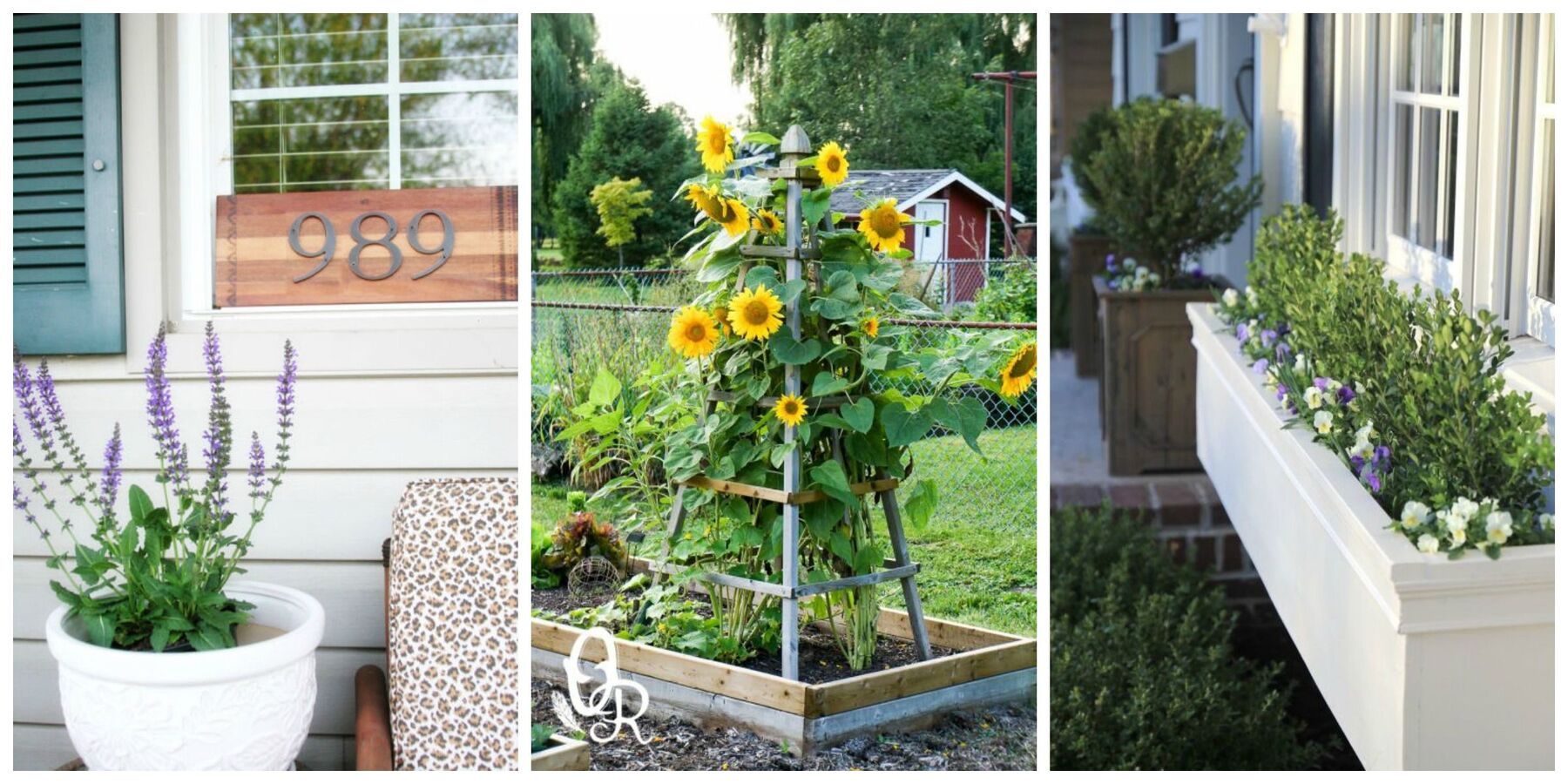
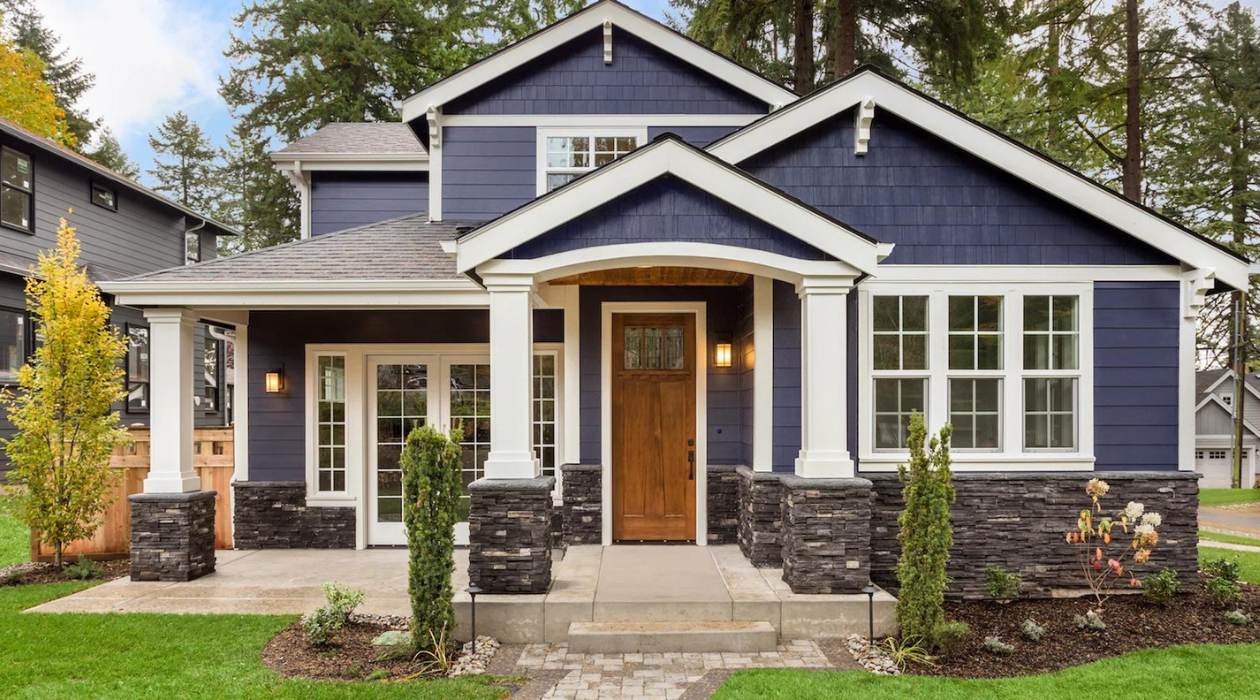
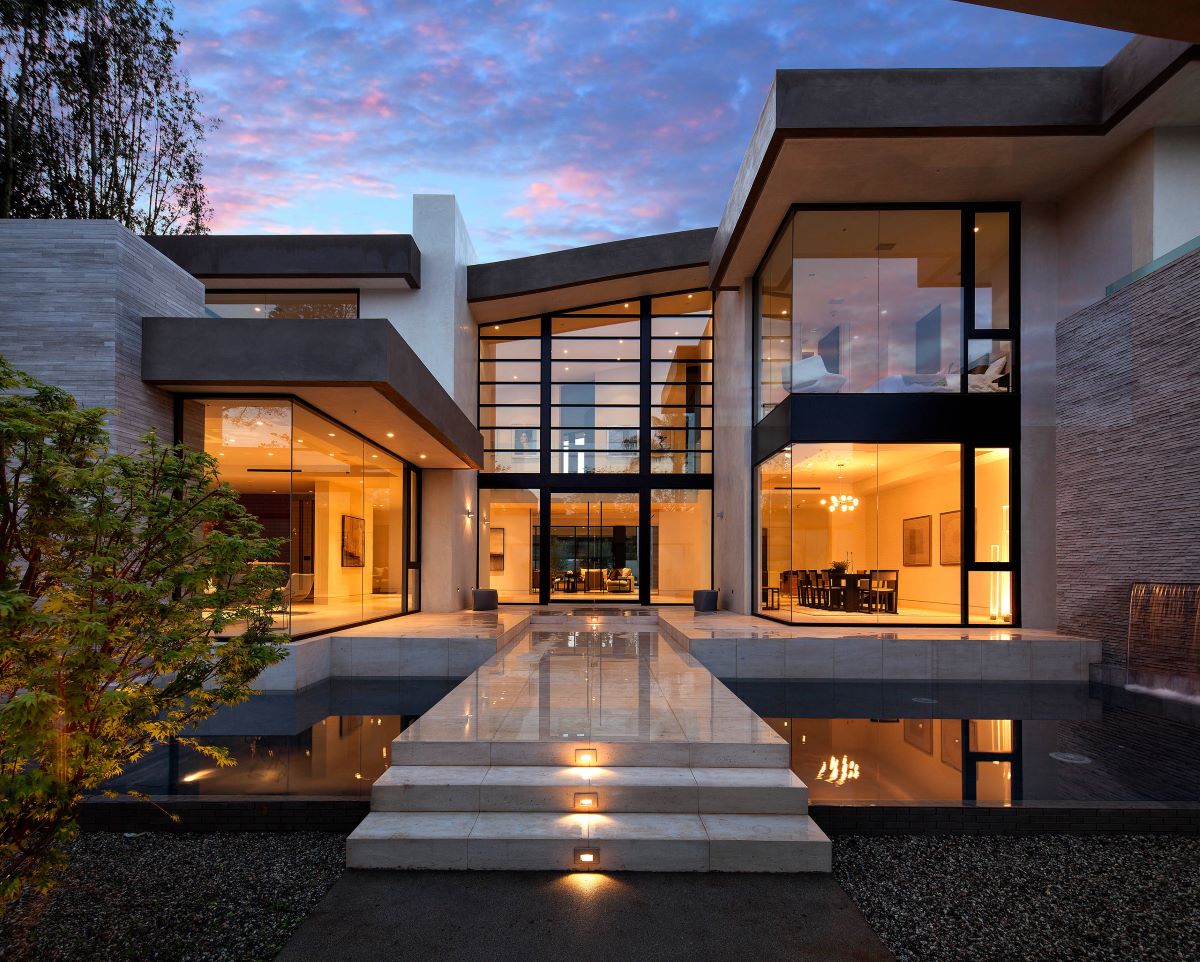
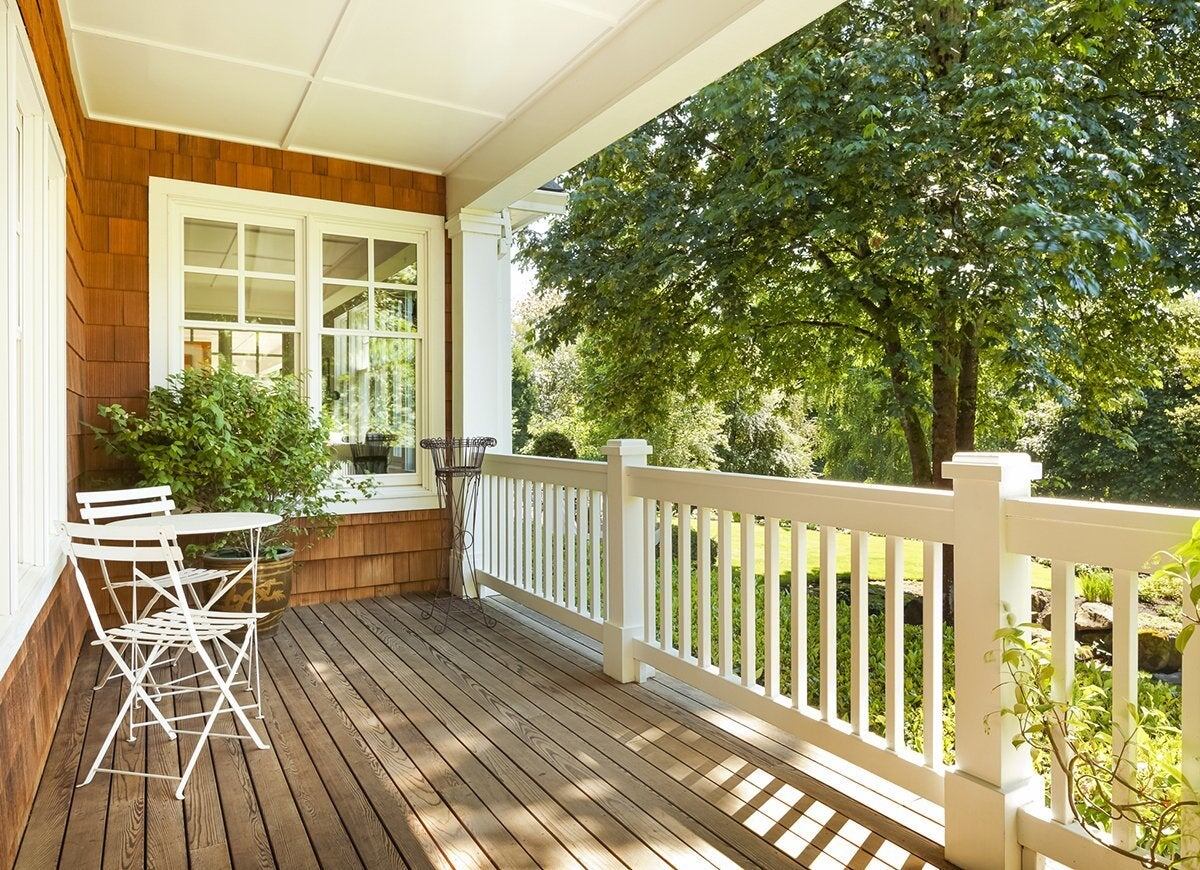

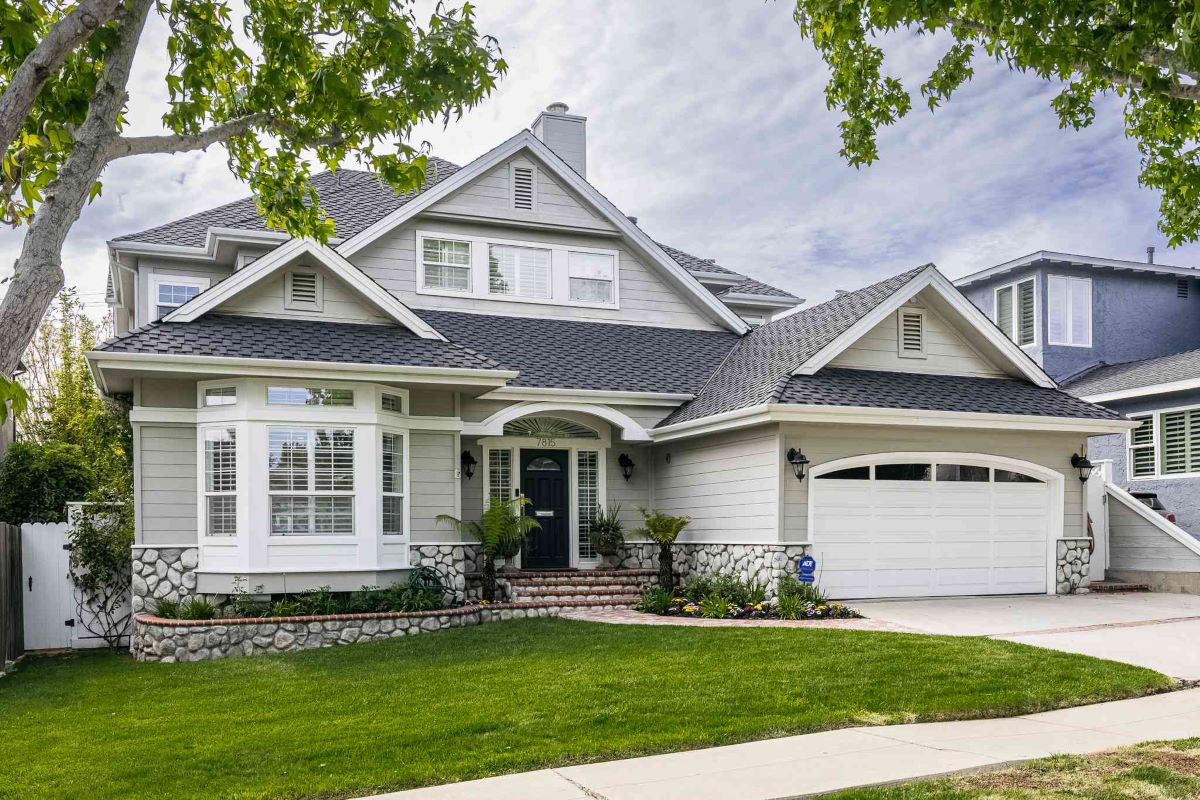
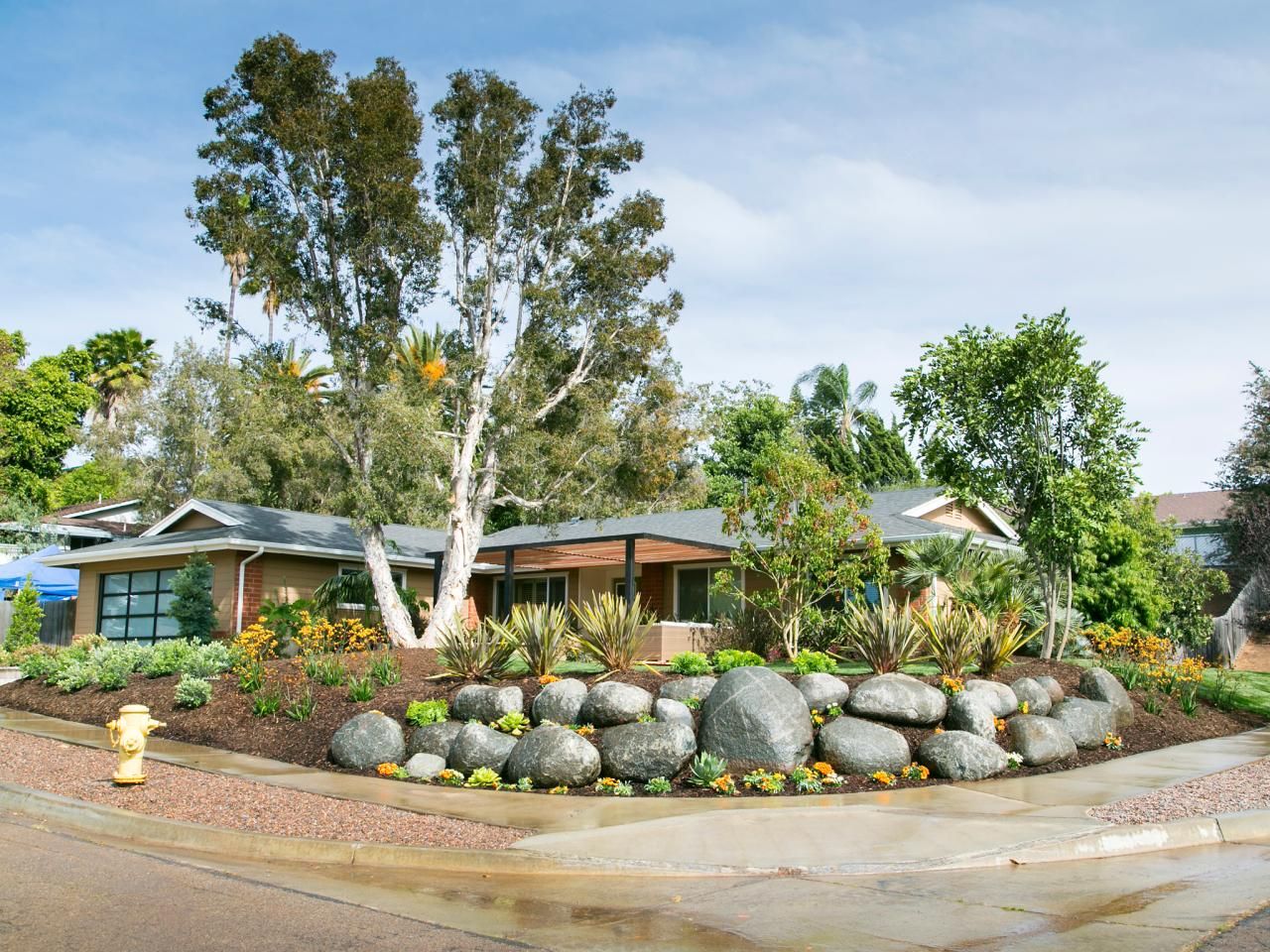
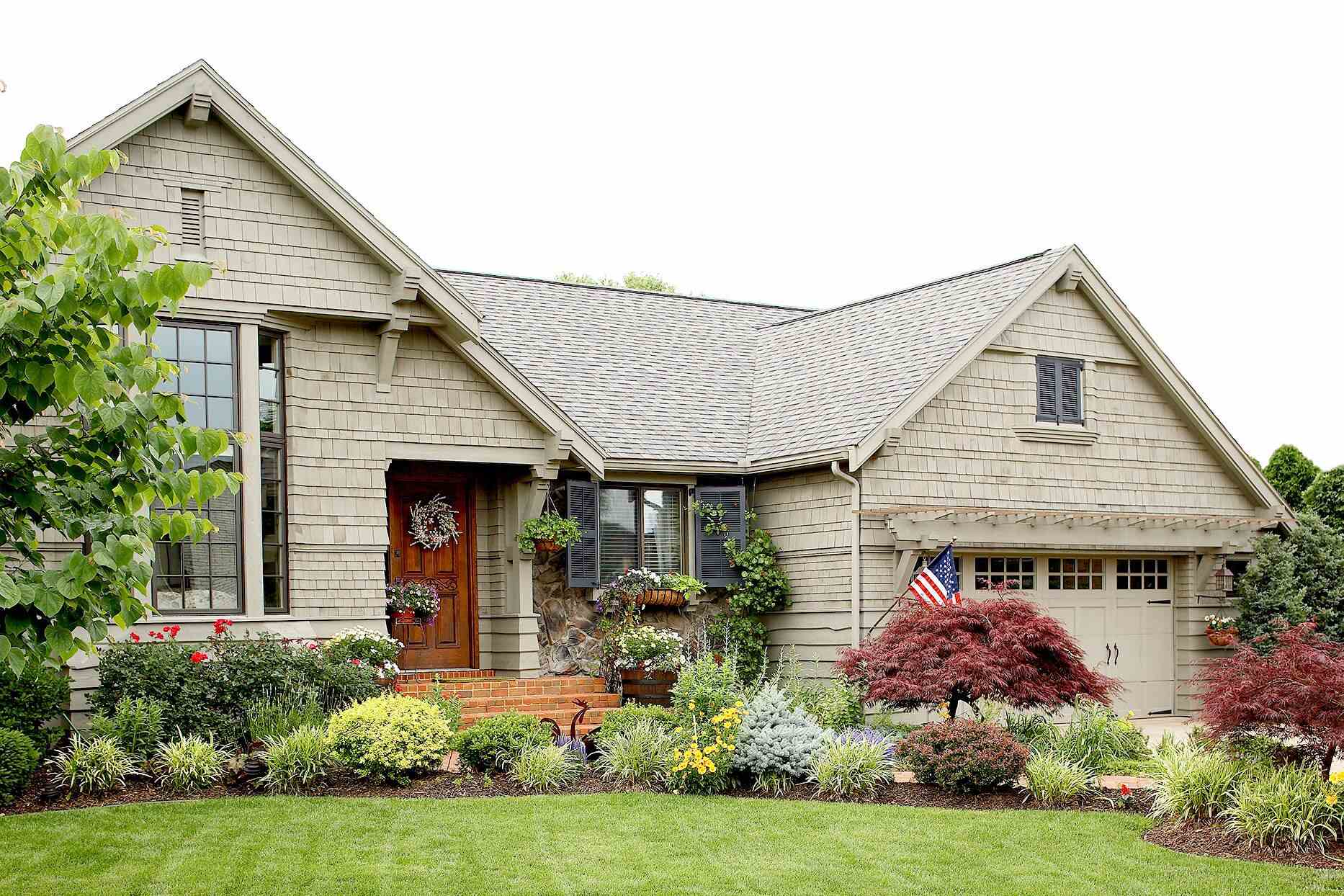
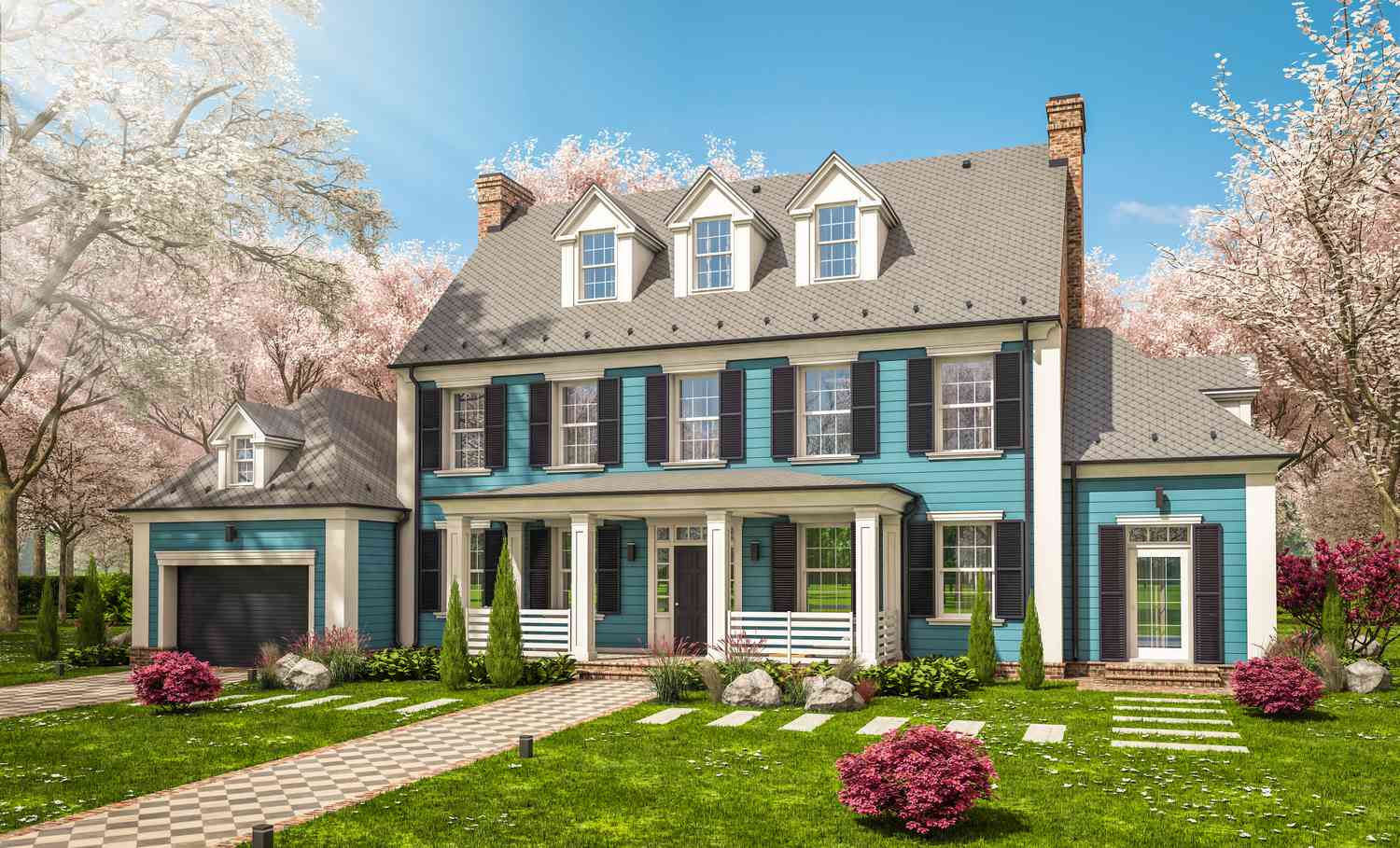
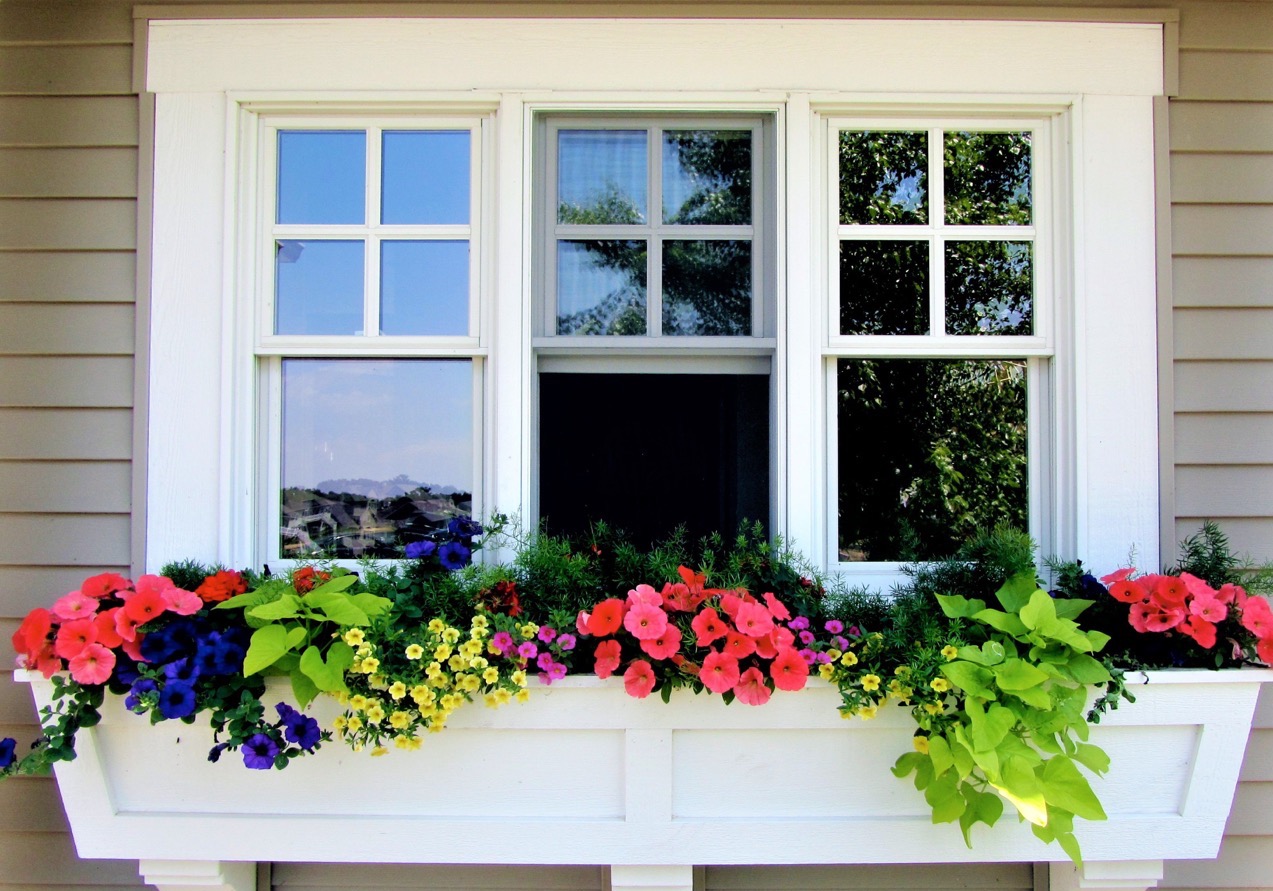
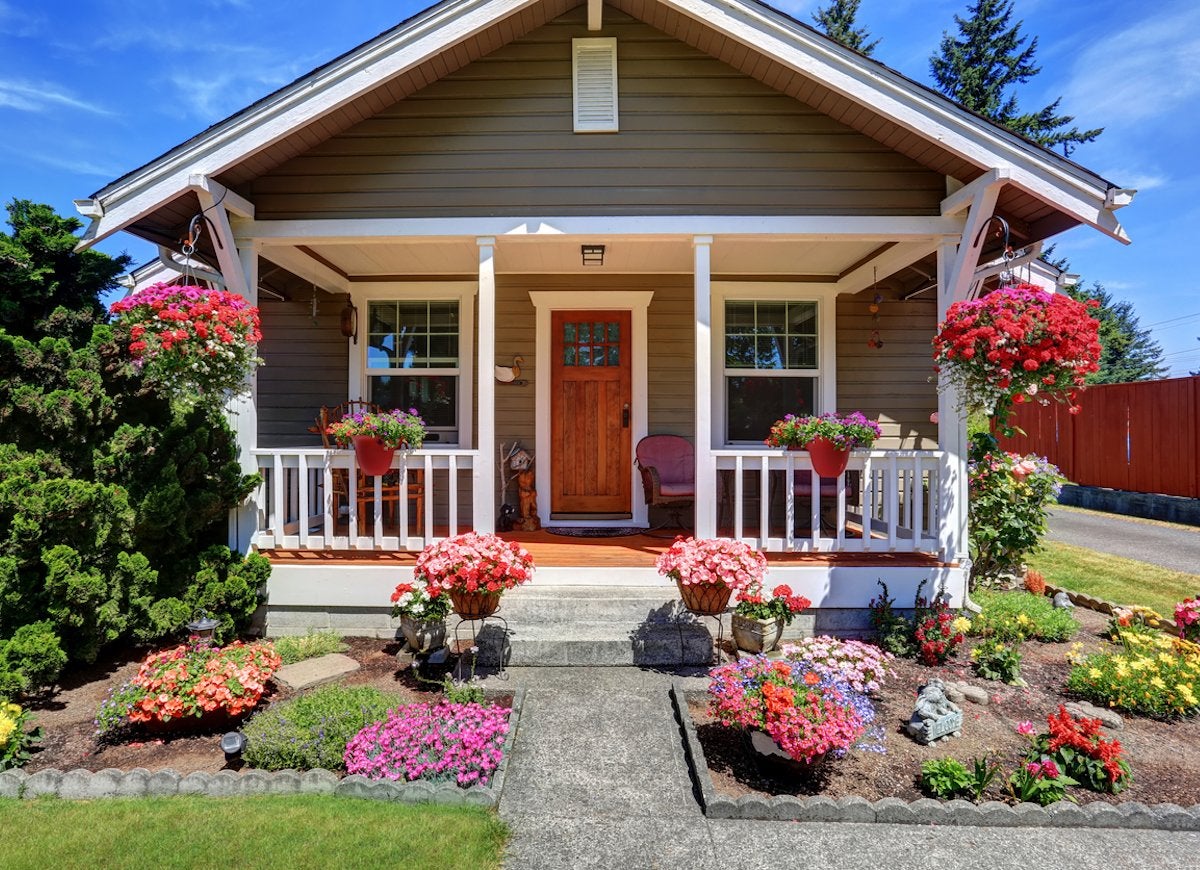

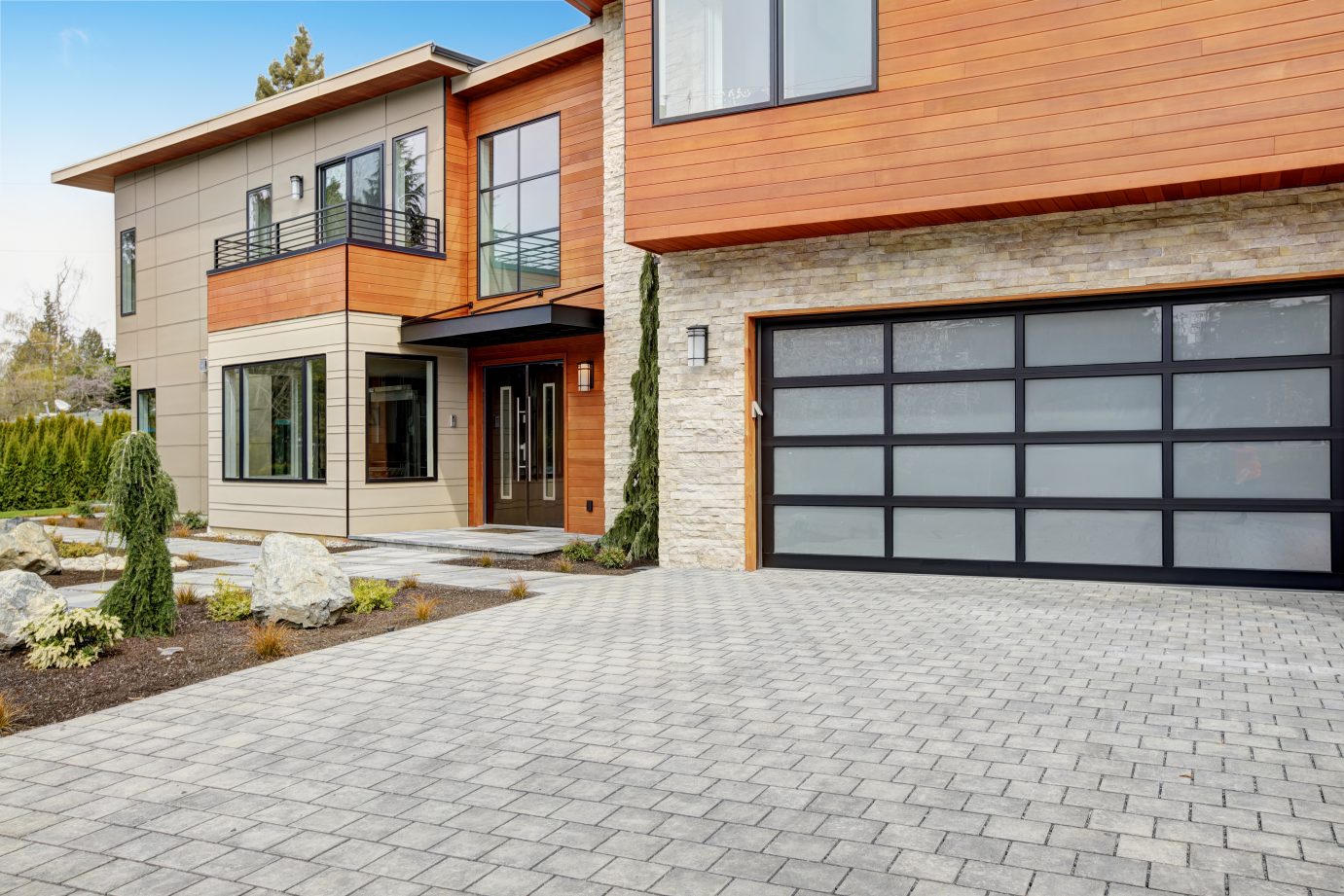

0 thoughts on “Add Style To Your Home And Boost Curb Appeal With A Small Portico”